Singapore, famously known as the Lion City, roars with promises of world-class attractions, pristine streets, and Michelin-starred hawker stalls.
Yet beneath its polished veneer, Singapore feels less like an authentic destination and more like an overpriced theme park. The strict rules, exorbitant costs, and overly curated cultural sites may appeal to fans of order and luxury, but for anyone craving the chaos and colour that define Southeast Asia, it’s bound to disappoint.
A Brief History of Singapore
Singapore’s rise from a humble fishing village to one of the world’s most modern cities is nothing short of remarkable. In 1819, Sir Stamford Raffles established it as a British trading post, recognising its strategic location at the crossroads of Asia. The island quickly became a bustling port, attracting traders from China, India, and beyond, laying the foundation for its multicultural identity.
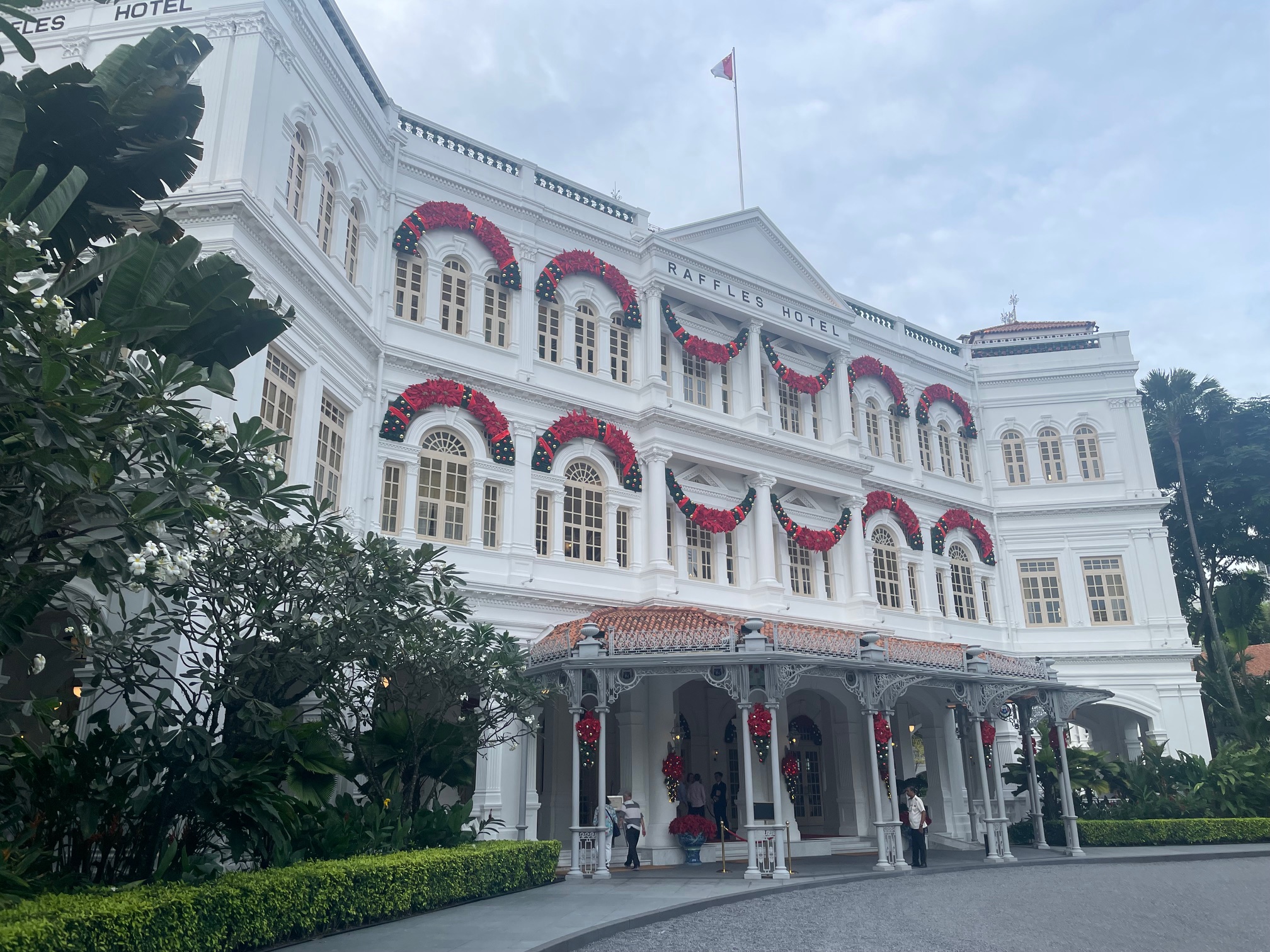
Fast forward to 1965, Singapore gained independence under the leadership of Lee Kuan Yew, who transformed the nation with a focus on strict governance, economic growth, and urban development. In just a few decades, it evolved into a global financial hub, boasting world-class infrastructure and a modern skyline.
While its success story is impressive, this rapid transformation came at a cost. Critics argue that the emphasis on order and modernity has left little room for the quirks and imperfections that give cities their soul. As a result, Singapore’s history is often overshadowed by its glossy present—a legacy that, while admirable, feels incomplete.
Why Is Singapore So Clean?
Singapore’s cleanliness is legendary, and for good reason. You won’t find litter on its streets or graffiti on its walls. Public transport is efficient, on time, and even smells fresh (an anomaly in most of the world). But why is Singapore so clean? The answer lies in its strict regulations and hefty fines. From bans on chewing gum to penalties for jaywalking or failing to flush a public toilet, the city-state has taken law and order to another level.
For some, this obsession with tidiness is a breath of fresh air, especially compared to the chaotic streets of other Southeast Asian cities. But for travellers seeking spontaneity and authenticity, this rigid control can feel stifling. The charm of the region often lies in its vibrant chaos—motorbikes weaving through crowded markets in Hanoi, street vendors popping up in unexpected corners of Bangkok, or the vibrant unpredictability of Manila.
In Singapore, everything feels… predictable. While some may relish the order, others argue that spotless perfection comes at the cost of spontaneity and soul.
Is Singapore’s Food Overhyped?
Singapore is often hailed as a foodie’s dream, with its hawker centres taking centre stage. These bustling hubs of culinary activity offer everything from Hainanese chicken rice to laksa, often described as ‘authentic’ and ‘affordable.’ And let’s not forget the Michelin stars some hawker stalls have snagged, elevating street food to supposed fine dining. But is the hype justified?
A closer look reveals a more complicated picture. Many of the dishes celebrated in Singapore’s hawker centres can be found in neighbouring Malaysia, often at a fraction of the price and with a more authentic touch. Take Penang’s street food scene, for instance—it rivals Singapore’s offerings with bold flavours, a sense of tradition, and an unpretentious atmosphere.
Moreover, rising rental costs and regulations in Singapore have made it harder for true hawkers to thrive, leading to a more curated, commercialised food scene. It’s street food, yes, but polished for a global audience. While it’s undeniably delicious, you can’t help but wonder if the Michelin stars are a badge of honour—or just clever marketing designed to attract tourists.
Singapore on a Budget?
Let’s not mince words—Singapore is expensive. From the entry fees for iconic attractions like Gardens by the Bay to the staggering costs of simply experiencing its landmarks, the city can leave even the most generous budget traveller reeling. While many argue that Singapore’s polished luxury justifies the price tag, others might feel the expense doesn’t always translate to meaningful experiences.
Take Marina Bay Sands, for example. It’s perhaps Singapore’s most recognisable landmark, but beyond its impressive architecture and infinity pool, it’s essentially a luxury hotel and shopping mall. Unless you’re staying there (and ready to part with a hefty sum for the privilege), your interaction with this iconic site may be reduced to snapping photos from below or wandering through high-end stores you’ll never buy from.
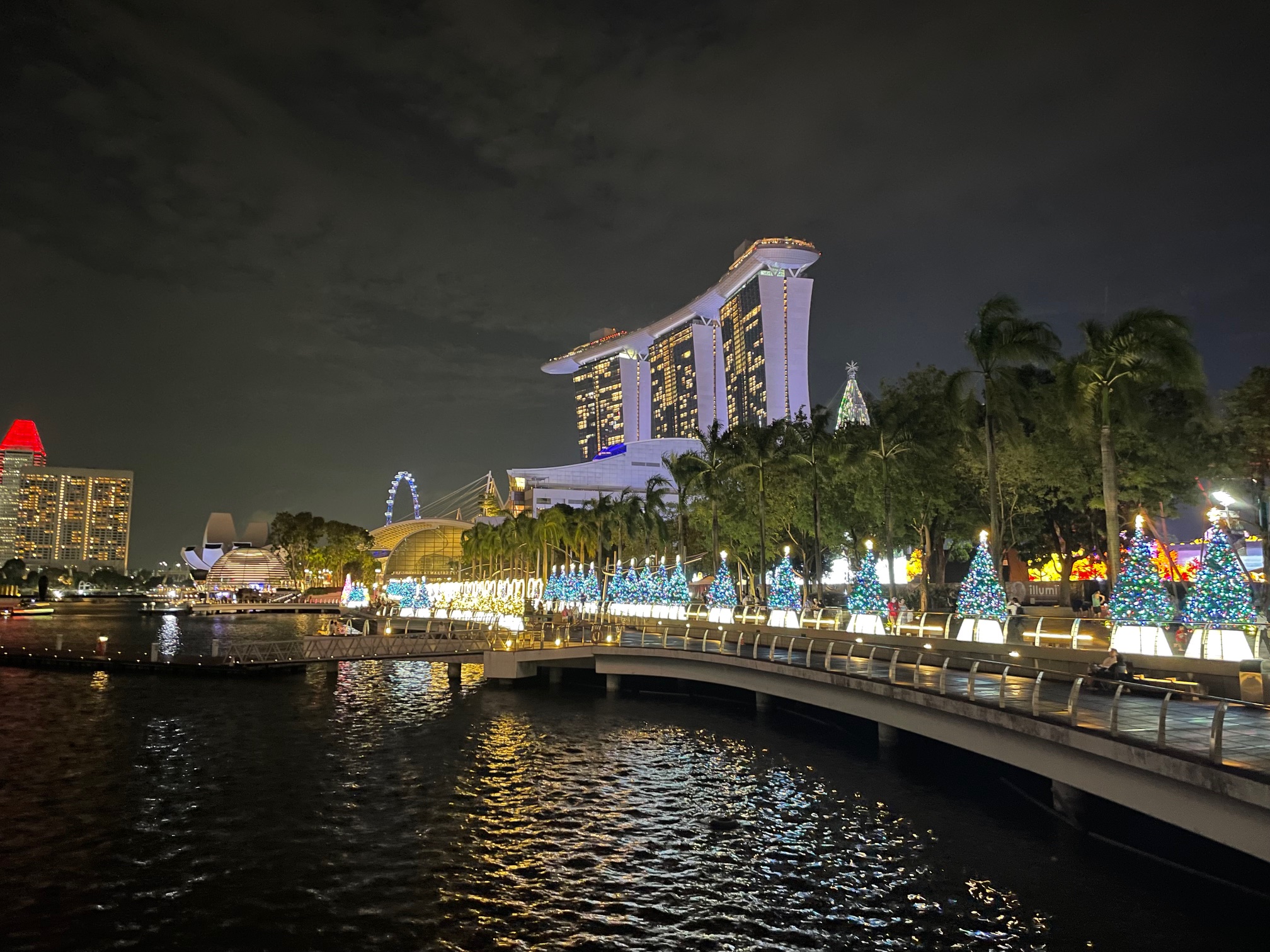
Then there’s the famous Singapore Sling at Raffles Hotel, a historic cocktail priced at S$37 (around £22 or $27 USD). While sipping this classic drink in its birthplace has a certain allure, the cost is a sobering reminder that indulgence in Singapore often comes at a steep price.
Meanwhile, neighbouring countries like Malaysia, Thailand, and Vietnam offer similar (if not superior) experiences without the financial strain. Rooftop bars in Bangkok, boutique hotels in Penang, and immersive cultural attractions in Hanoi prove that luxury doesn’t always have to break the bank.
Is Singapore Too Perfect for Its Own Good?
Singapore is often celebrated as the epitome of modernity, with its pristine streets, gleaming skyscrapers, and an air of impeccable efficiency. But for all its polish, does this relentless pursuit of perfection rob the city of its charm?
Take a stroll down Orchard Road, and you’ll find yourself surrounded by endless malls that blur into one another, filled with the same high-end brands you can find in any global city. While impressive, it often feels like Singapore’s soul has been paved over to make room for yet another luxury boutique. Compare this to the vibrant street markets of Thailand, where the energy is palpable, and each turn reveals a unique surprise.
Even the famed Gardens by the Bay, with its towering Supertrees and glowing night displays, can feel more like a sci-fi movie set than a connection to nature. It’s awe-inspiring, sure, but also curiously detached—a manufactured marvel rather than an organic wonder.
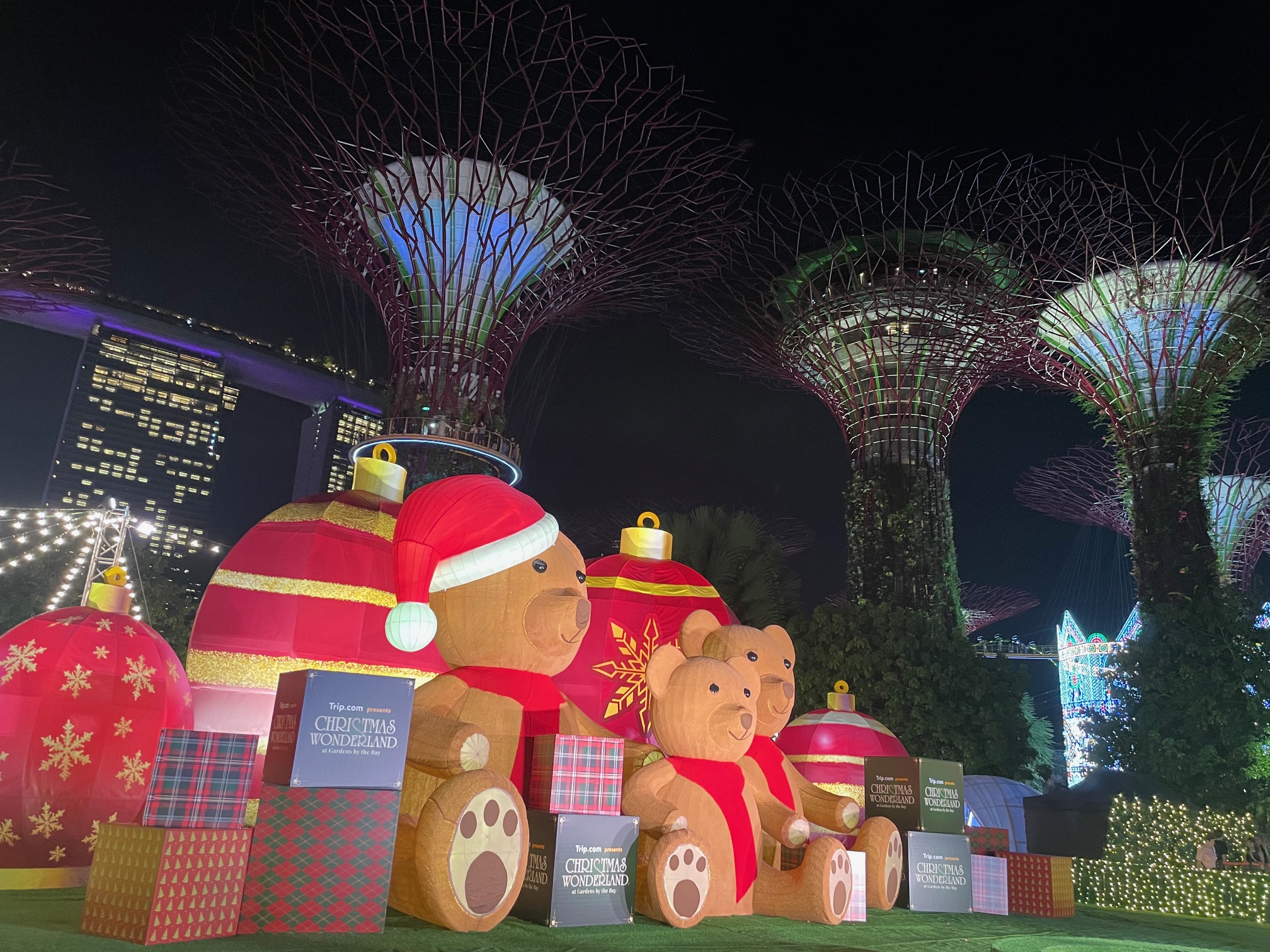
Singapore’s perfection can be a double-edged sword. On one hand, it’s a marvel of urban planning and cleanliness. On the other, it lacks the quirks, grit, and spontaneity that make other Southeast Asian cities so unforgettable.
Wrap-Up: Is Singapore Overrated?
Singapore is a city that divides opinion. For some, it’s the epitome of a perfect destination—clean, efficient, and effortlessly glamorous. For others, it’s a city that feels too polished, too predictable, and, frankly, too expensive to justify the hype.
If you’re someone who values order, luxury, and curated experiences, Singapore might just be your dream destination. But if you’re craving the chaos, colour, and raw authenticity that define Southeast Asia, you might find yourself longing for the untamed charm of Bangkok, Manila, or Kuala Lumpur.

The Lion City is undeniably impressive, but whether it roars with adventure or purrs with predictability depends on the kind of traveller you are. Love it or loathe it, one thing’s certain: Singapore will leave you with an opinion. And perhaps, that’s its greatest strength.
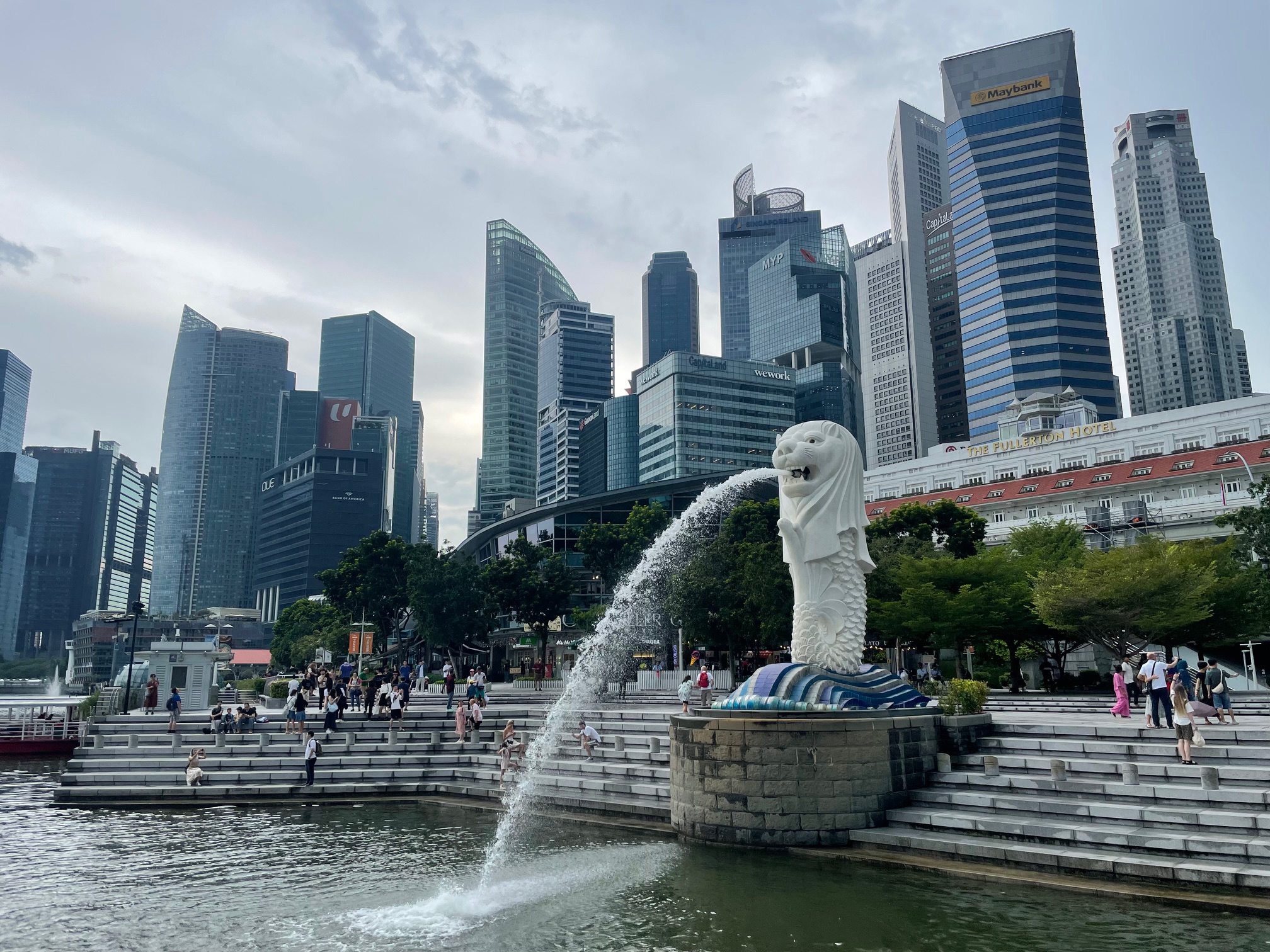
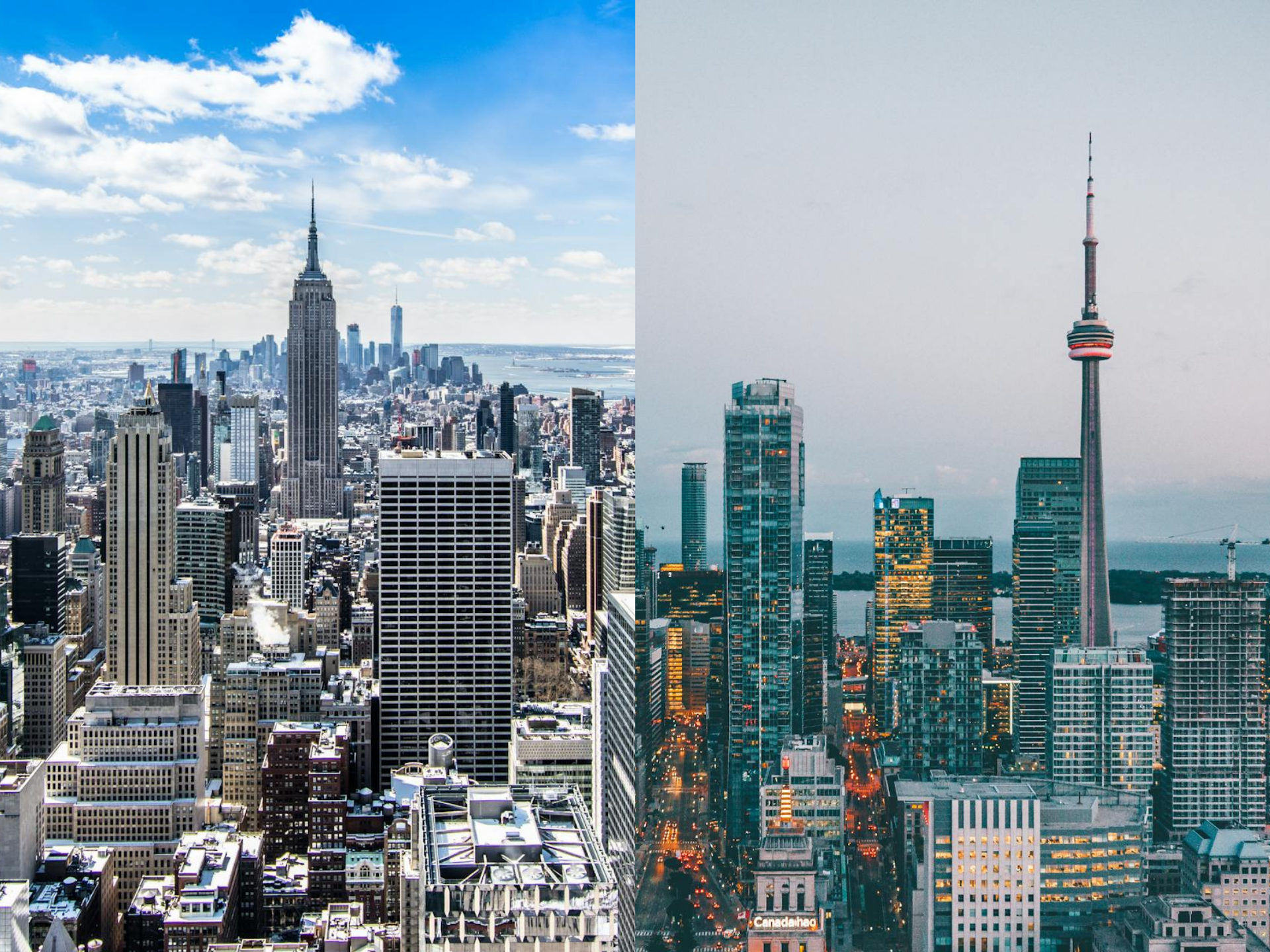

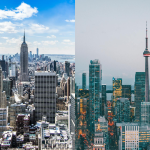
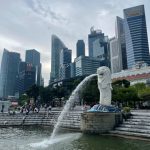

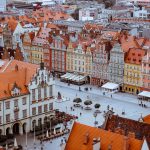
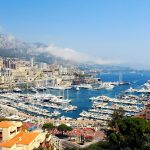
Leave a Reply